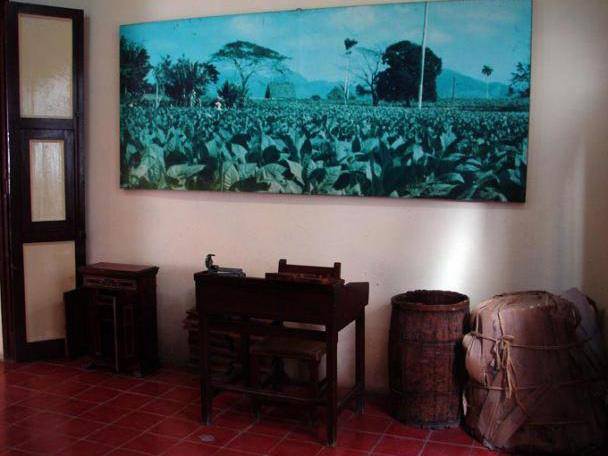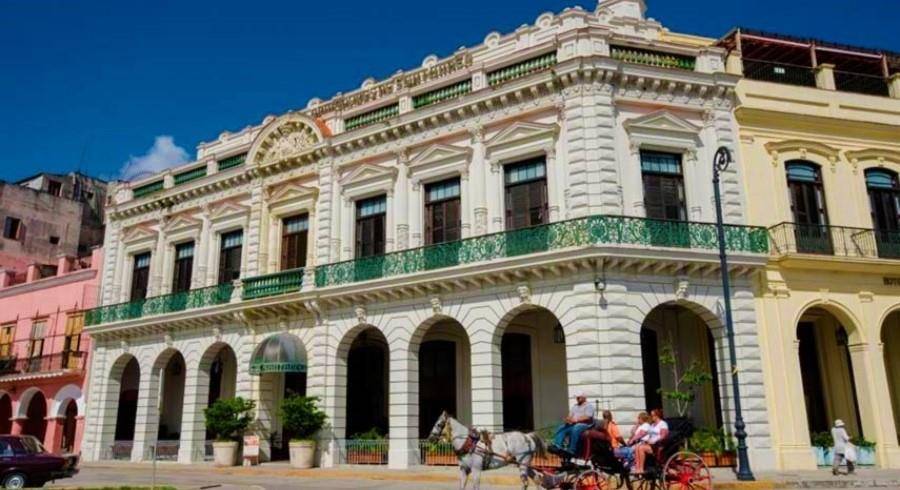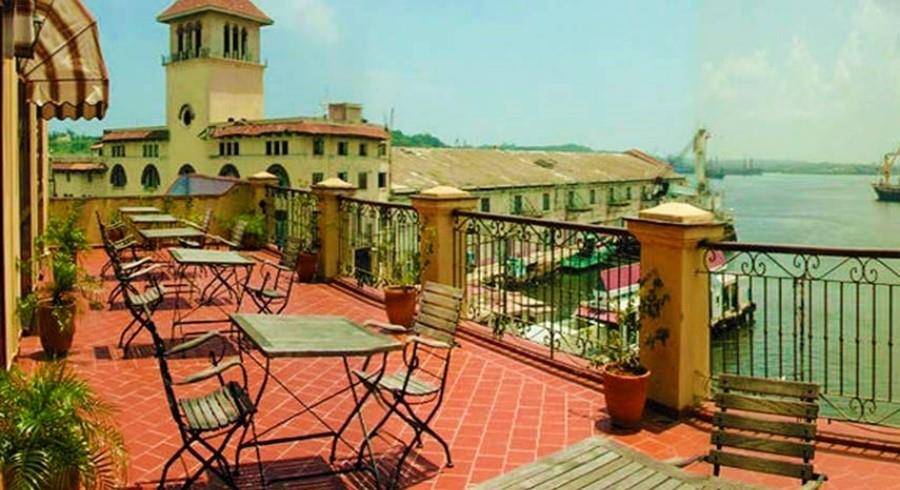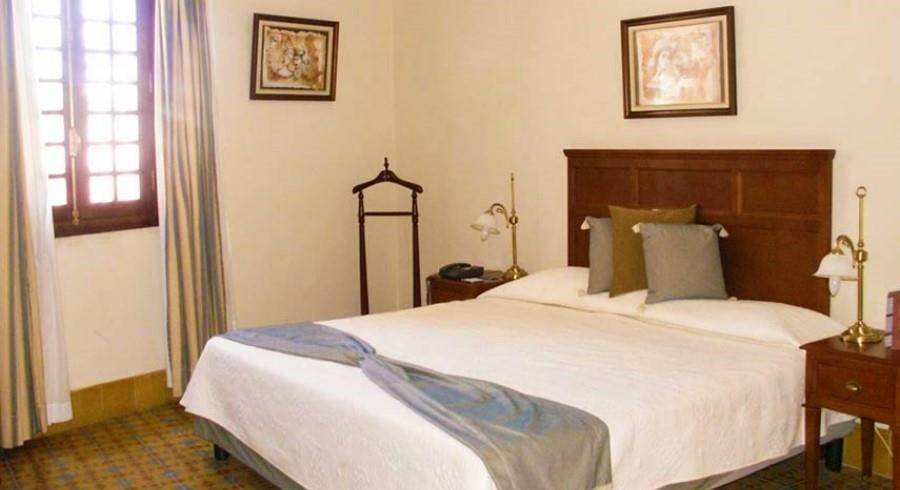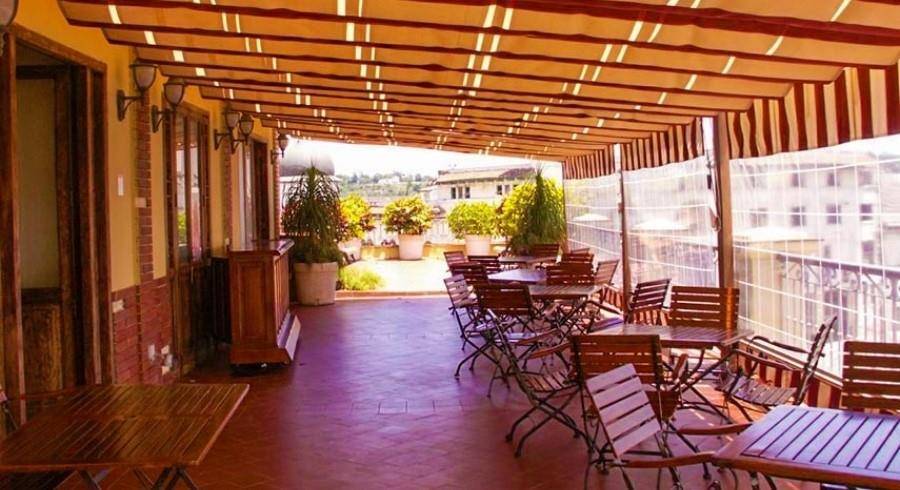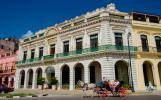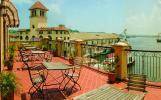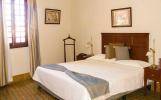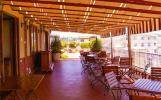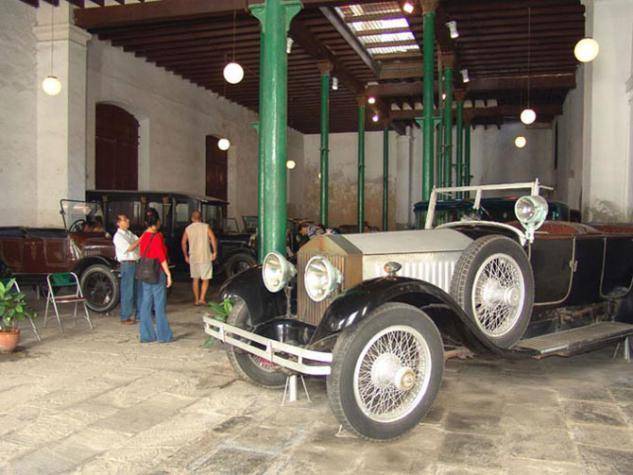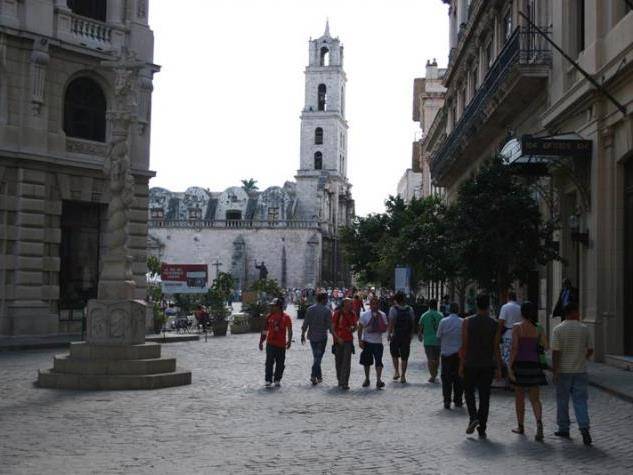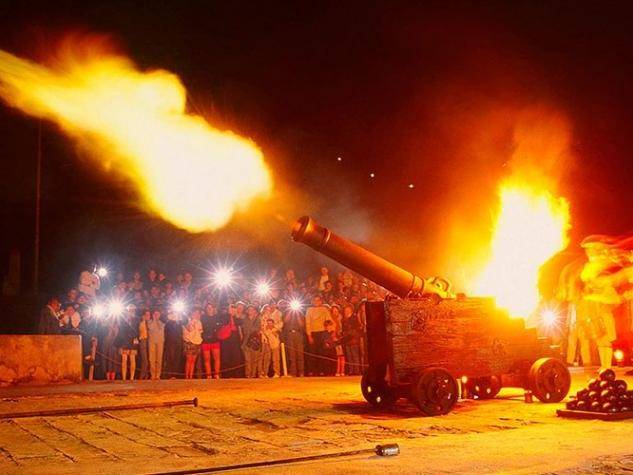About
Armadores de Santander
The Hotel Armadores de Santander (which means ‘Shipowners of Santander’) overlooks the port of Havana. The building’s facade, with its stone reliefs of the coat of arms of Santander surrounded by maritime motifs, is wonderfully evocative of the city’s seagoing past.
Havana’s entire raison to be, was the excellence of its natural harbour and its strategic position within the Spanish Empire in the Americas. Nowhere is this easier to appreciate than from a balcony of the Armadores de Santander. The building was commissioned by Don José Cabrero Mier, a native of that city. Many important Havana shipowners maintained offices there, notably Don Ramón Herrera y Sancibrián, Count of Mortera, who after beginning his career as a weaver in the Spanish town of Mortera was driven by poverty to emigrate and try his luck in Cuba. Here he became a hugely successful banker and shipowner. During the Cuban Wars of Independence Don Ramón dedicated a part of his fleet to the service of the Spanish crown, for which he was rewarded with his title.
The Hotel Armadores de Santander was restored and is run by the Office of the City Historian of Havana, so all its profits are reinvested in the restoration of the city’s historical centre. Anyone keen on maritime history and the comings and goings of ships will love it. From early morning until late at night boats pass to and fro in front of the hotel and the views of the twinkling harbour lights in the evening, and the rising sun gleaming on the smooth water before the morning breeze gets up, are impossibly romantic.
